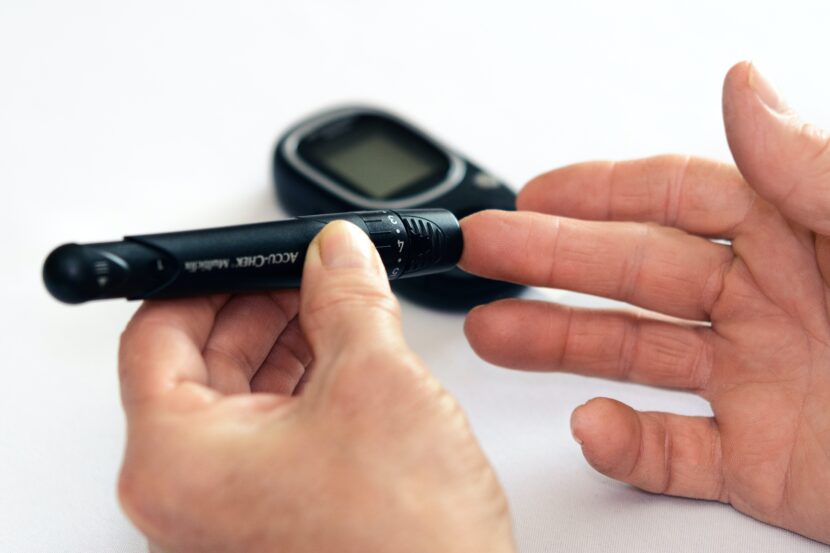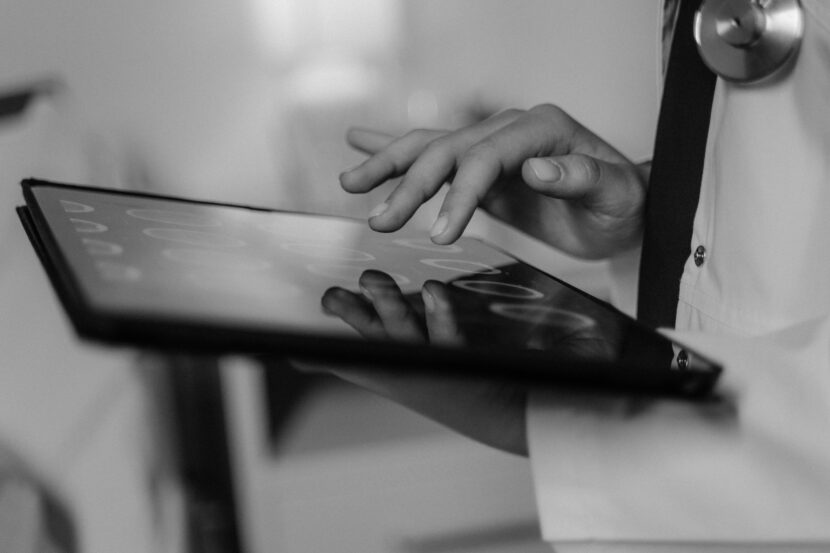The healthcare industry is beginning to harness the transformative potential of smart technology and IoT applications.
This has given healthcare providers the power to automate repetitive tasks and significantly reduce operational costs, all while making fast and more informed decisions to improve patient care and save lives.
To learn more about IoT connectivity in healthcare and other industries, sign up today

With remote monitoring solutions, the University of Pittsburgh Medical Center reduced the risk of hospital readmissions by 76 percent. All while retaining patient satisfaction scores of over 90 percent.
With an estimated CAGR of 18-20 percent over the next 5 years, IoT applications in healthcare are on the rise. Let’s take a look at the fastest growing use cases of IoT in healthcare.
Remote Patient Monitoring
Remote patient monitoring is currently the most common IoT application in healthcare.
Devices can be programmed to collect vital metrics like blood pressure, heart rate and more. All without needing patients to be physically present on site.
For patients, this eliminates the need for travel, especially if they live in a remote area. Any abnormal readings can be resolved swiftly while reducing the rate of human error. It also gets patients back to a familiar routine and environment to better aid recovery.
For healthcare providers, it reduces workload by automating a manual process, which in turn alleviates issues like worker shortage and attrition.
Data collected offers healthcare providers the possibility to detect and predict patterns, leveraging data coming from these devices. This data also facilitates quick and frequent adjustments to a care plan to improve overall patient well being.
Glucose Monitoring and Automated Insulin Delivery (AID) Systems

Constant glucose monitoring at specific periods of time can be challenging.
Not only do most patients still manually record results, but tests only provide a snapshot into glucose levels at the exact time conducted. If levels fluctuate widely in between, periodic testing may not be able to detect any problem.
IoT devices can help address these challenges by providing continuous, automatic monitoring of glucose levels.
Even if patients are constantly on the move, with cellular connectivity, they won’t have to worry about the lack of Wi-Fi or Bluetooth coverage.
Smart glucose monitors also completely eliminates the need to keep records manually. With parameters that alarm when glucose levels deviate from the norm.
Connected Inhalers
Similar to glucose monitoring, respiratory conditions like asthma and other pulmonary diseases can be difficult to manage.
Healthcare providers often cite the lack of adherence to a treatment plan and/or insufficient monitoring as two common reasons leading to the escalations of problems.
Research has shown that smart inhalers can help improve these issues. Smart inhalers are able to track medication type and use. With audio-visual cues such as alarms and reminders, they also ensure patients better adhere to a medication plan.
Additionally, connected inhalers give providers greater insights into treatment effectiveness and triggers of symptoms. Healthcare providers can then offer affected patients highly customized treatment plans instead of an approximation or one-size-fits all approach.
Mental Health Monitoring

Mental health symptoms such as depression and general mood is another type of data that has traditionally been difficult to collect continuously.
Healthcare providers might ask patients how they are feeling during scheduled appointments.
However, these are often insufficient to make an accurate diagnosis or anticipate sudden mood swings. Patients may also refrain from accurately reporting their feelings during scheduled sessions.
Once again, connected healthcare devices can address these challenges.
In addition to self-reported measures of well being, by collecting and analyzing data such as heart rate and blood pressure, devices can make more accurate inferences about a patient’s mental state.
Advanced IoT devices for mood monitoring can even track fine-grained data such as the eye movement to make more informed diagnoses.
Hand Hygiene Monitoring
Traditionally, there hasn’t been a good way to ensure that providers and patients in a healthcare facility washed their hands properly. This is despite the fact that research has shown that such devices can reduce infection rates by more than 60 percent in a hospital setting.
Since the onset of COVID-19, connected devices that remind people to sanitize their hands have exploded in popularity. With deployments across professional facilities such as hospitals and clinics, as well as care facilities like senior homes.
More accurate compliance data can be used to engage healthcare providers in hand hygiene improvement campaigns. Or to identify areas of potential problems to prevent a potential outbreak from occurring.
The Privacy Conundrum
When a device collects patient data, the data is transmitted across various platforms. From a software application that aggregates data, to algorithms that may be used to analyze the data in order to recommend treatments or generate alerts.
Because of the highly sensitive nature of such data, security and privacy by design need to be part of any IoT use case, project or deployment.
Making sure the data get exposed or used for the wrong reasons is vital. At the same time, healthcare providers need to pay more attention to compliance as well, such as the EU GDPR or HIPPA in the US.
Final Thoughts
IoT applications have quickly progressed from behind the scenes in a modern warehouse, to tech-driven medical facilities and providers.
There is little doubt that IoT adoption will continue as the technology continues to advance in the healthcare field.
If you are working on an IoT project across any of these use cases, click here to test drive our SIMs today.
Alternatively, learn more about cellular connectivity, cybersecurity and privacy compliance here or contact one of our industry experts who are always there to lend a hand.












Leave a Reply